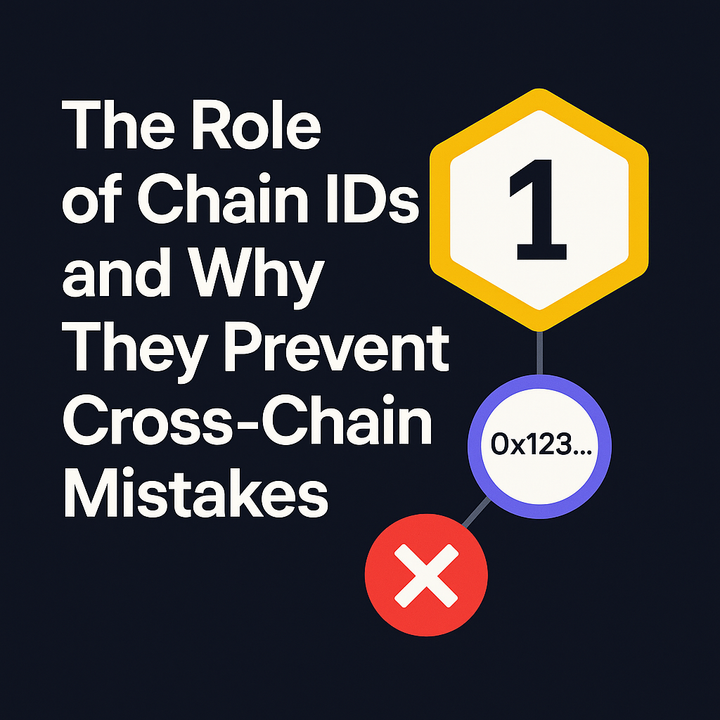What is Mitosis in Crypto? A Beginner’s Guide

In the fast-moving world of crypto, where innovation often outpaces comprehension, it’s easy to miss the rise of truly foundational projects. One such project redefining blockchain design is Mitosis, not to be confused with the biological process, but equally transformative in its field. Mitosis is a modular Layer 1 (L1) blockchain built specifically to solve one of DeFi’s biggest problems: how liquidity is provisioned, shared, and made programmable across decentralized networks. If you've ever asked, “Why does every protocol have to bootstrap its own liquidity?” or “What if liquidity could be a programmable, composable asset?” then you're asking the same questions Mitosis was built to answer. This guide is designed for beginners seeking clarity on Mitosis as a modular L1 chain, the role of programmable liquidity, and why it matters in the broader crypto ecosystem.
Mitosis as a Modular L1 Chain
Unlike most networks that focus on scaling smart contracts or optimizing throughput, Mitosis is designed as a liquidity layer, a foundational infrastructure for programmable liquidity in DeFi. While many people mistakenly call it an L2, Mitosis is very much a Layer 1, meaning it operates independently and doesn’t rely on another chain like Ethereum or Solana for consensus or security.
Instead, it’s modular in nature, decoupling execution, settlement, and data availability, allowing it to specialize in liquidity infrastructure without being burdened by unnecessary smart contract execution overhead. This modular design also makes it chain-agnostic. It integrates with ecosystems like Ethereum, Cosmos, and Solana via Hyperlane, enabling seamless cross-chain operations. This means protocols built on other chains can access and utilize liquidity that’s pooled and managed on Mitosis, effectively making it a hub for decentralized liquidity provisioning.
What is Mitosis?
At its core, Mitosis is a modular Layer 1 blockchain purpose-built to support programmable, composable liquidity in decentralized finance. Unlike most DeFi platforms, where each protocol is responsible for sourcing and managing its liquidity, Mitosis aims to be a shared liquidity layer (a base where liquidity can be pooled, programmed, and shared across ecosystems). Instead of rebuilding liquidity in silos, protocols can plug into Mitosis and access a deeper, smarter pool of capital. In short, Mitosis is the first chain designed specifically to make liquidity an ecosystem-wide, programmable asset and not a protocol-by-protocol burden.
The Role of Programmable Liquidity
In traditional DeFi, liquidity is passive. You stake it, you earn a yield. But you don’t control how it behaves across protocols unless you manually move it. Mitosis introduces a new paradigm: programmable liquidity. In essence, liquidity on Mitosis isn’t just pooled, it’s tokenized into programmable assets (like maAssets and miAssets) that can follow instructions, migrate between chains, and interact with protocols based on predefined strategies. For example, a liquidity provider might mint maETH token (a representation of ETH deposited into a Mitosis Matrix vault). This token can then be used across protocols, sent to different chains, or even participate in yield strategies automatically without the LP having to redeploy capital every time. This unlocks a new layer of composability and capital efficiency, where liquidity can be programmed like code (responsive, transferable, and intelligent). In the long run, this could dramatically reduce friction in DeFi and enable a truly interoperable financial layer across chains.
Why Does Mitosis Matter in the Broader Crypto Ecosystem?
As crypto scales into a multi-chain world, DeFi faces a serious challenge: liquidity fragmentation. Every chain and every app has to source capital, often competing in isolation. This leads to inefficiencies, wasted incentives, and shallow liquidity pools that don't serve users or protocols well. Mitosis addresses this directly by becoming the liquidity fabric across chains, a universal layer where liquidity is pooled once but usable everywhere. By offering programmable, chain-agnostic liquidity, Mitosis helps DeFi evolve from static capital deployments to dynamic capital orchestration. Protocols no longer have to build from scratch. Instead, they can tap into existing liquidity, issued by trusted asset creators, and integrated seamlessly across chains.
For users, this means:
- Higher capital efficiency
- More accessible yield strategies
- Safer, vetted assets issued by known protocols
In essence, Mitosis isn’t trying to be just another smart contract chain. It’s trying to be the invisible layer that makes all DeFi more powerful, and it’s doing it by making liquidity intelligent, mobile, and programmable.
Conclusion
Mitosis is quietly redefining what a blockchain can be by solving a core infrastructure challenge: how liquidity moves, behaves, and scales across fragmented ecosystems. Rather than focusing on smart contract execution or high transaction throughput, Mitosis centers its design on programmable liquidity, making it possible for capital to be treated not just as a static resource but as a dynamic, composable asset that flows intelligently across chains. The value of Mitosis lies in its modular architecture as a true Layer 1. It operates independently while remaining chain-agnostic through integrations like Hyperlane, allowing it to serve as a connective layer between Ethereum, Cosmos, Solana, and more. This means liquidity pooled on Mitosis doesn’t stay locked within the chain, but it becomes accessible to protocols elsewhere, offering an entirely new level of interoperability and capital efficiency. Programmable liquidity is more than a technical upgrade, it’s a shift in how we think about capital coordination in DeFi. By enabling liquidity to be tokenized and governed by strategies, Mitosis allows users to unlock yield, mobility, and composability without constantly bridging, redeploying, or fragmenting their assets. It’s a step toward a more intelligent, automated, and unified financial layer across Web3. So here’s the question: if liquidity can now be intelligent, mobile, and interoperable, how will that reshape the way DeFi is designed, accessed, and scaled in the next five years? In a space full of experimental chains and fragmented liquidity silos, Mitosis stands out by building the invisible yet essential layer that makes all others work better, not by competing for attention, but by enabling a future where capital flows with purpose.



Comments ()